Audeze Euclid review: in their element
Audiophile in-ears from Audeze are a remarkable feat of engineering, but they aren't half pricey...

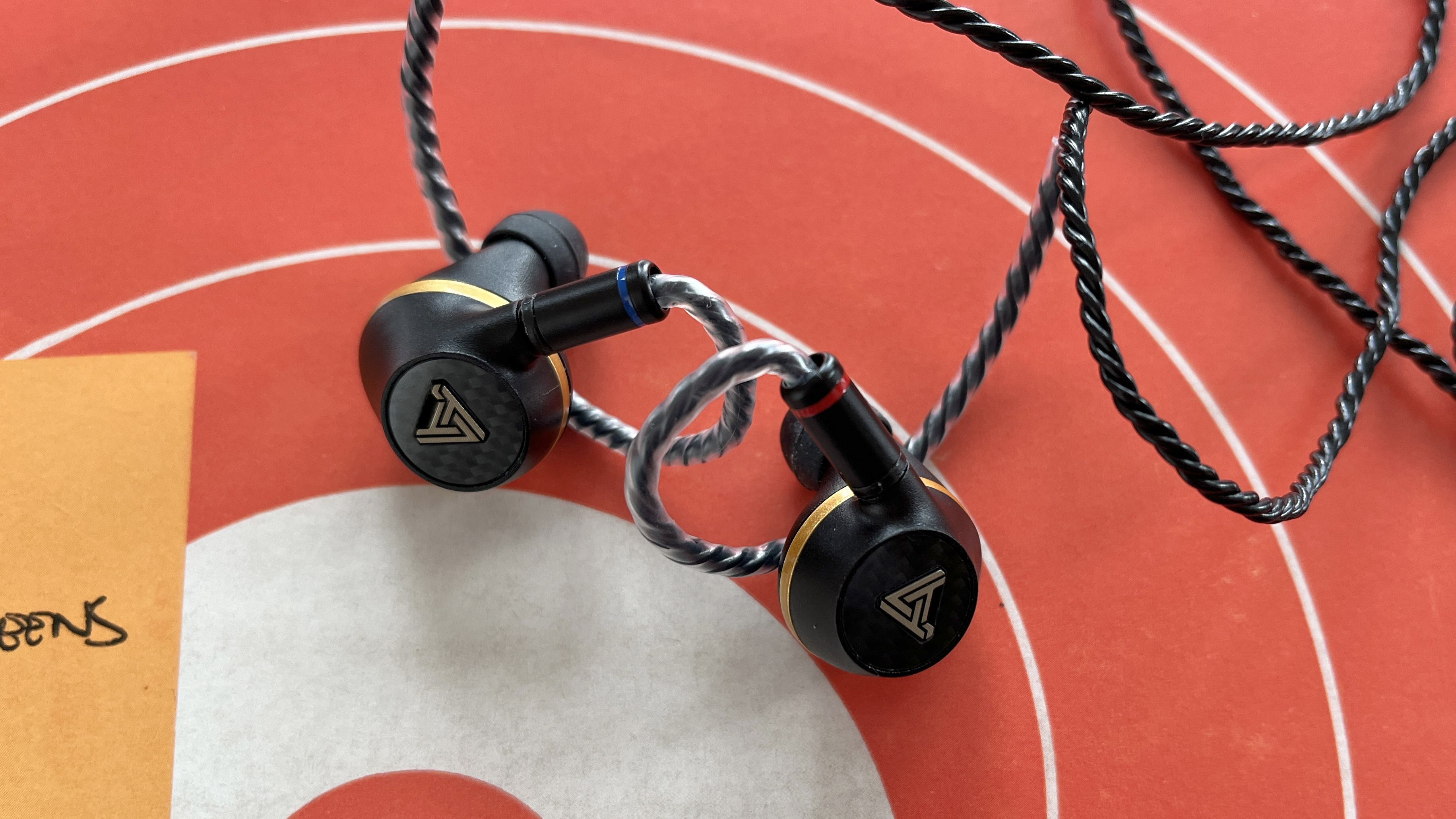
The Euclid aren’t the most demonstrative listen on first acquaintance - but it doesn’t take long for them to reveal themselves as a beautifully balanced and staggeringly detailed listen. As long as you treat them right, source-wise, anyhow, these are superior in-ear audiophile-grade headphones.
-
+
Impressively poised and insightful sound
-
+
A remarkable feat of engineering
-
+
Comfortable despite appearances
-
-
Not exactly cheap
-
-
Could conceivably sound heftier
-
-
Wireless connectivity arrangement is slightly cumbersome
Why you can trust T3

In the very nearly 15 years since its inception, California’s Audeze has been evangelical on the subject of planar magnetic headphone technology. And as a rule, its products have generally been expensive, but with the performance to back up the asking price.
Closed-back in-ear monitors are a challenge all of their own, though. Obviously they need to be small and light if they’re going to fit the bill - but equally obviously, Audeze isn’t inclined to compromise where its favourite technologies are concerned.
So the Euclid need to be fit for purpose in physical terms, but also let Audeze showcase its engineering prowess. Sounds like quite the challenge, so do the Euclid pull it off? Read on in this review, as we reveal all...
Audeze Euclid: Price & Availability
The Audeze Euclid are on sale now, and in the United Kingdom they sell for £1099. American customers will need to part with $1299, while in Australia they’ll set you back AUD$1999.
Earlier this year we listened to Sennheiser’s IE600 wired in-ear monitors, and we thought they were quite pricey at £599. So it almost goes without saying that the Audeze Euclid have their work cut out if they’re going to get anywhere near justifying this kind of asking price…
Audeze Euclid review: features and what’s new?
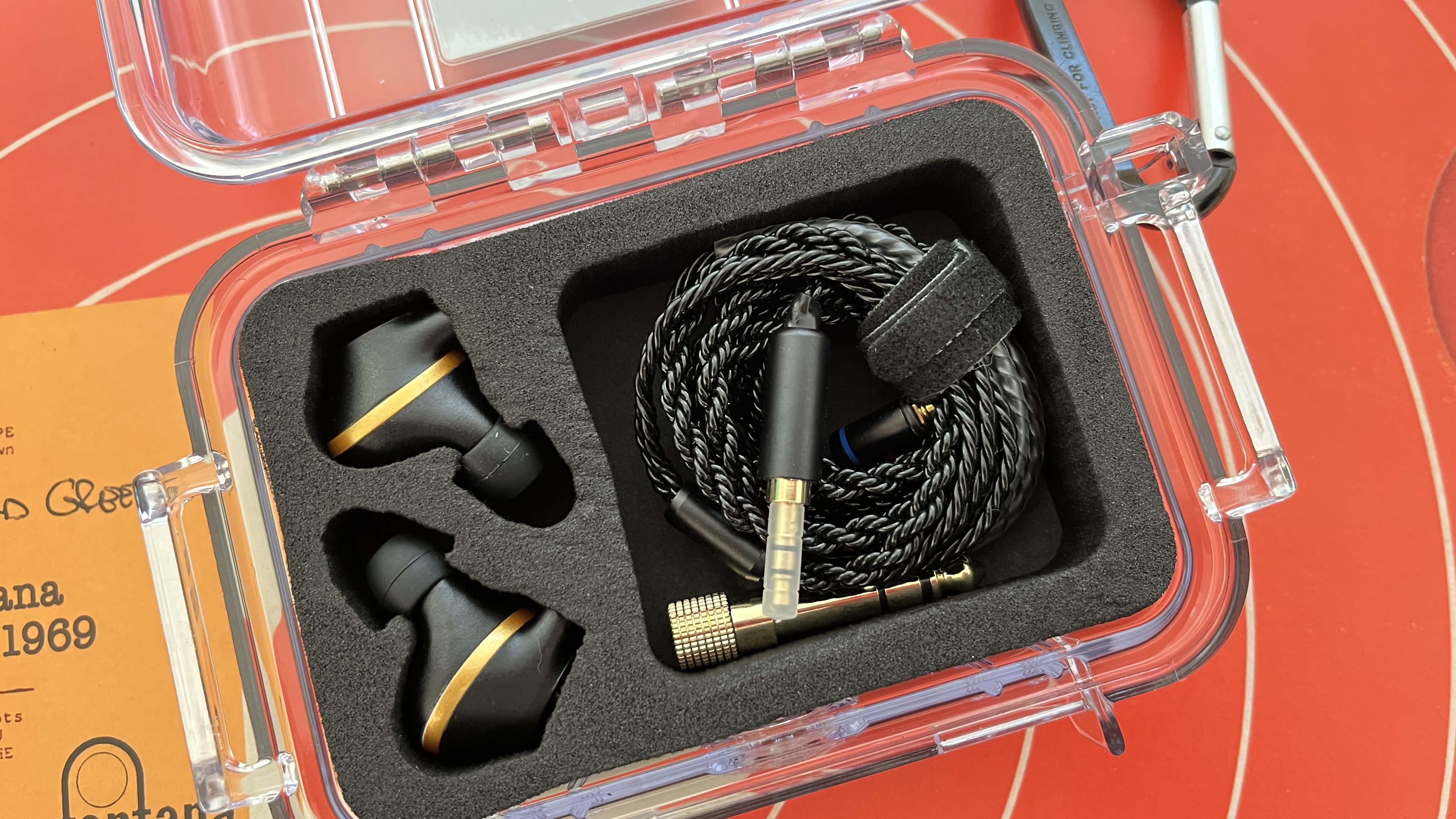
When discussing wired in-ear monitors, the ‘features’ list tends to be fairly brief. And that’s the case with the Audeze Euclid - but it’s safe to say that the few features they have are significant.
The Euclid are supplied with a couple of braided, detachable cables that click into place using MMCX connectors. One is terminated with a 3.5mm unbalanced plug, the other with a 4.4mm balanced alternative. Audeze also bundles a Bluetooth receiver integrated into a cable that joins the two earbuds together if you fancy a bit of wireless connectivity - it’s good for eight hours on a single charge (via Micro-USB), and is compatible with codecs up to and including aptX HD.
It’s on the inside, though, that the most significant efforts have been made. Somehow Audeze has found room for an 18mm ultra-thin ‘Uniforce’ planar magnetic transducer, bolstered by the company’s ‘Fazor’ waveguide and ‘Fluxor’ magnets, inside a closed enclosure that’s not obviously bigger than far less comprehensively specified earbuds. This complex arrangement is designed to negate the phasing that tends to happen in closed in-ear monitors, as well as keeping distortion to an absolute minimum.
None of this is new - it’s basically a miniaturised version of the methodology Audeze has been refining for a number of years now. But reducing it to the point it can fit inside an in-ear monitor shell is a considerable feat of engineering.
Audeze Euclid review: Performance
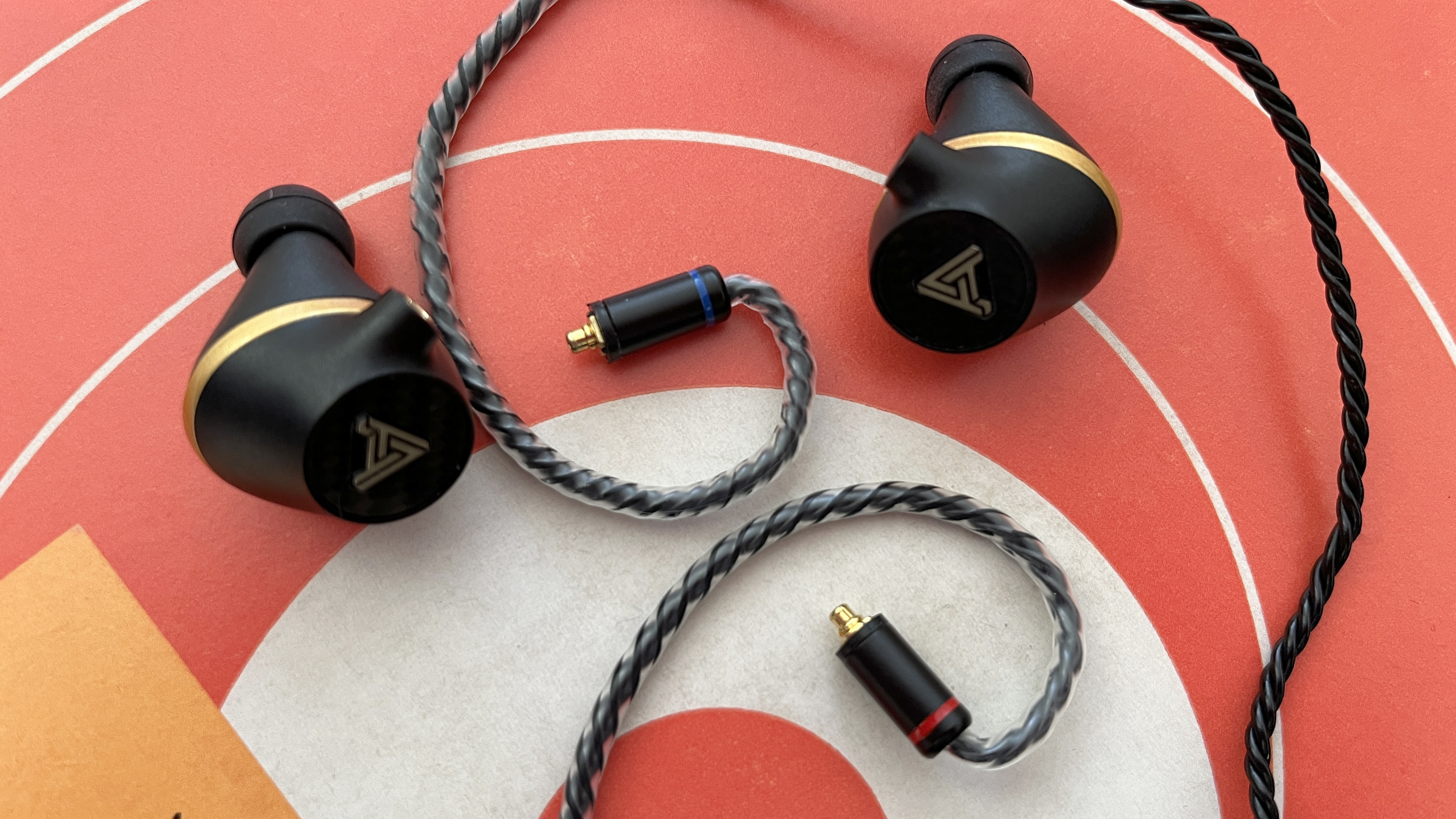
If you’re using the Euclid wirelessly (apart from the wire that’s slung around the back of your neck, of course), then you’re deploying the integrated 24bit DAC. If you’re plugging them into a source, though, you need to do the right thing - by which I mean don’t just attach them to your laptop, that way madness lies. Consider a capable USB DAC the minimum the Audeze require to give you what they’ve got.
Because ‘what they’ve got’ turns out to be plenty. With some appropriately high-resolution audio content on board, there’s so much to admire about the Euclid it’s difficult to know where to start.
Initial impressions, though, may conceivably be underwhelming. The Audeze are such a rapid, controlled and straight-edged listen where the lowest frequencies are concerned, it’s possible you may come away from the first few minutes of listening wondering where all the bass heft and presence in your favourite recordings has gone.
You don’t have to listen much longer, though, to realise that while Audeze’s claim that Eucid can delve down to 10Hz seems unlikely, the bass they do produce is deep and substantial. It’s just that it has such momentum, such straight-edged observation of the attack and decay of sounds, that the Euclid can sound a little lean at first.

As well as the speed and control, these earbuds also retrieve and retain quite remarkable amounts of detail. No matter how transient, no matter how peripheral, if there’s a sonic event in your recording the Audeze will identify and contextualise it. And this is true throughout the frequency range, from the swift and controlled low frequencies to the briskly attacking top-end.
It’s the midrange reproduction, though, that’s the unarguable star of the show here. Detail levels are just as high as throughout the rest of the frequency range, but the midrange is so spacious, so well-organised and so convincing that every listen seems like an event. Vocalists, in particular, sound immediate and characterful.
Rhythmic expression is good, thanks in no small part to the way the Euclid delineate the low frequencies. Dynamic potency is equally considerable, both where the basics of changes in volume or intensity and where the harmonic variations in a single instrument are concerned. And the soundstage the Audeze create and describe is expansive in every direction, rock-solid in terms of focus, and convincing in all other respects. ‘Convincing’, in fact, seems the single most appropriate word to apply to the way the Euclid sound.
Audeze Euclid review: design & usability
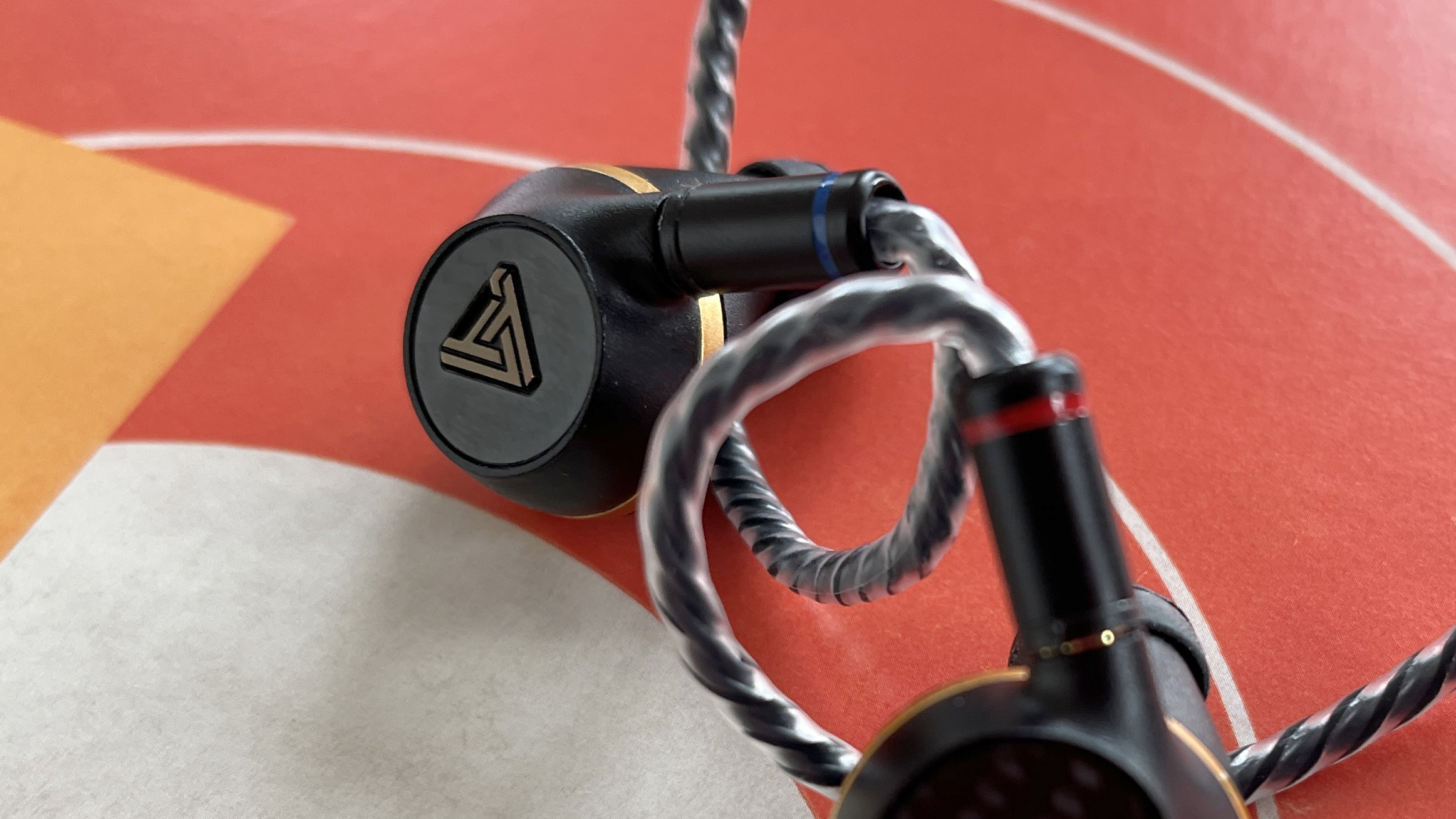
Form follows function quite a lot of the time, of course - but where in-ear monitors are concerned, function absolutely dictates form. So Audeze needs the Euclid to be fit for purpose (which means fitting comfortably into as many differently sized ears as possible) while suggesting they might represent a significant investment.
And to be fair, the company has done a fairly convincing job. The earbuds are a touch bigger than the norm (inevitable, when you consider the relative size of the drivers they contain), but at 7.5g each they’re hardly burdensomely heavy. The milled aluminium housing looks and feels good, and the bright, light-catching company logo on top of a slice of carbon-fibre that caps each earbud gives just a little visual pizazz.
To help achieve the perfect fit, Audeze supplies three sizes (S/M/L) of three different types of eartip: its own silicone tips; Comply foam alternatives; and silicone eartips by SpinFit. If you can’t get a comfortable, secure fit one way or another, then, it’s probably more to do with your ears than these earbuds.
The earbuds themselves are of the ‘twist/lock’ type, and the detachable cables feature earhook shaping to allow the wearer to train it behind the ears in the long-established in-ear monitor fashion.
Audeze Euclid review: Verdict
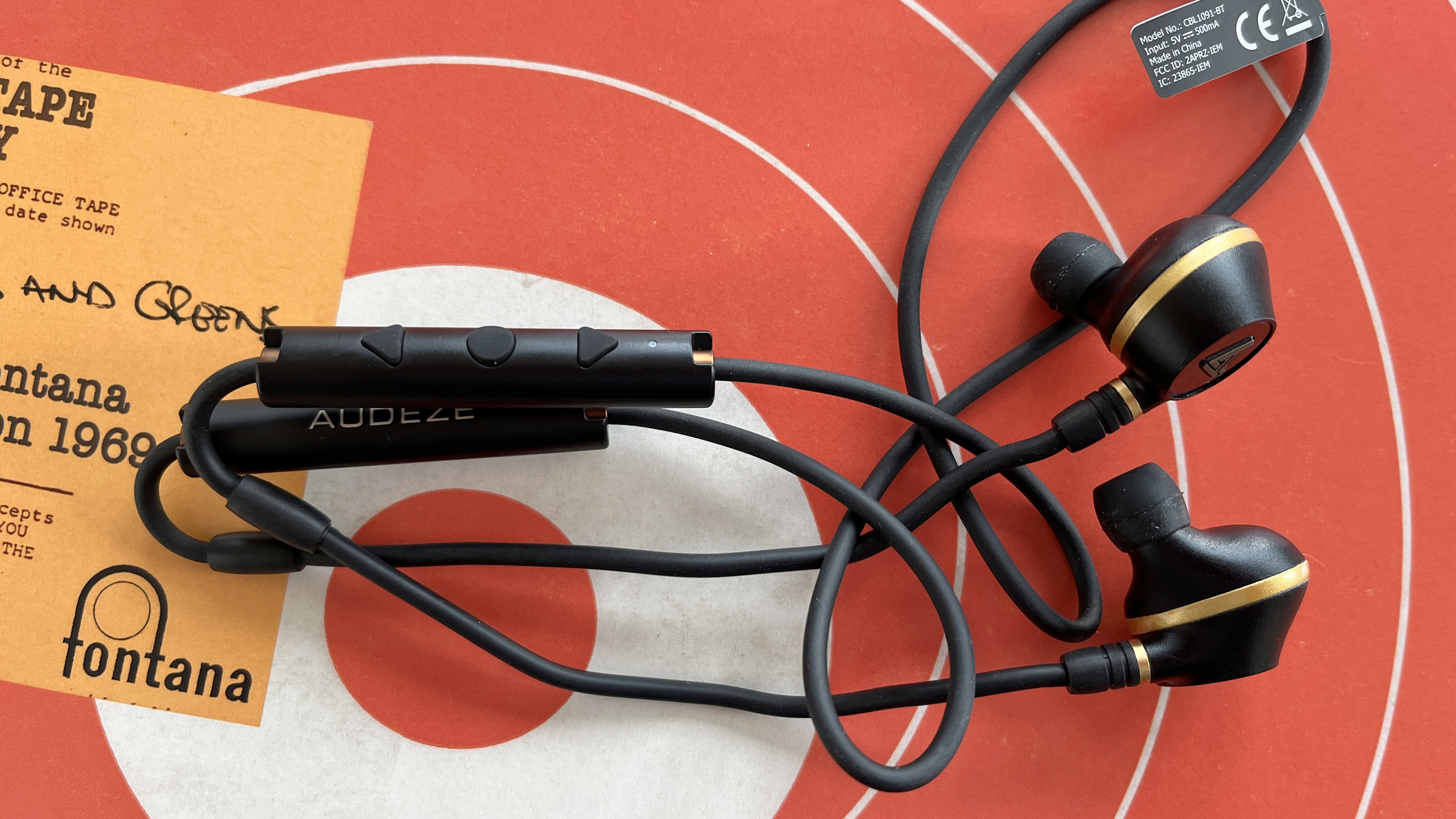
Some listeners may be expecting a more forceful, more upfront, more muscular delivery, given all the money they’ve spent - but that’s not how Audeze rolls. Instead, the Euclid are a balanced, faithful and realistic listen, with the emphasis on detail-retrieval, precision and scale. Give them the right stuff to work with, both in terms of source and audio file, and they’ll reward in the most unequivocal way.
Also consider
Sennheiser’s IE600 wired in-ear monitors are not as attention-grabbingly specified as the Audeze Euclid, and they’re little more than half the price. They’re smaller, too, even if they’re no more comfortable. But they’re properly accomplished earbuds, able to tease out even the finest details from a recording and give them appropriate prominence, and they have a little more outright wallop than the Audeze too. No, they don’t describe a soundstage with the sort of authority the Euclid can muster, and they lack some of the scale and dynamism too. But don’t be in any doubt: the Sennheiser IE600 are well worth their (smaller yet still substantial) asking price.
Sign up to the T3 newsletter for smarter living straight to your inbox
Get all the latest news, reviews, deals and buying guides on gorgeous tech, home and active products from the T3 experts
Simon Lucas is a freelance technology journalist and consultant, with particular emphasis on the audio/video aspects of home entertainment. Before embracing the carefree life of the freelancer, he was editor of What Hi-Fi? magazine and website – since then, he's written for titles such as Wired, Metro, the Guardian and Stuff, among many others. Should he find himself with a spare moment, Simon likes nothing more than publishing and then quickly deleting tweets about the state of the nation (in general), the state of Aston Villa (in particular) and the state of his partner's cat.
-
 YETI just made bowls cool – literally. And also figuratively.
YETI just made bowls cool – literally. And also figuratively.New YETI design, same bear-proof energy
By Matt Kollat Published
-
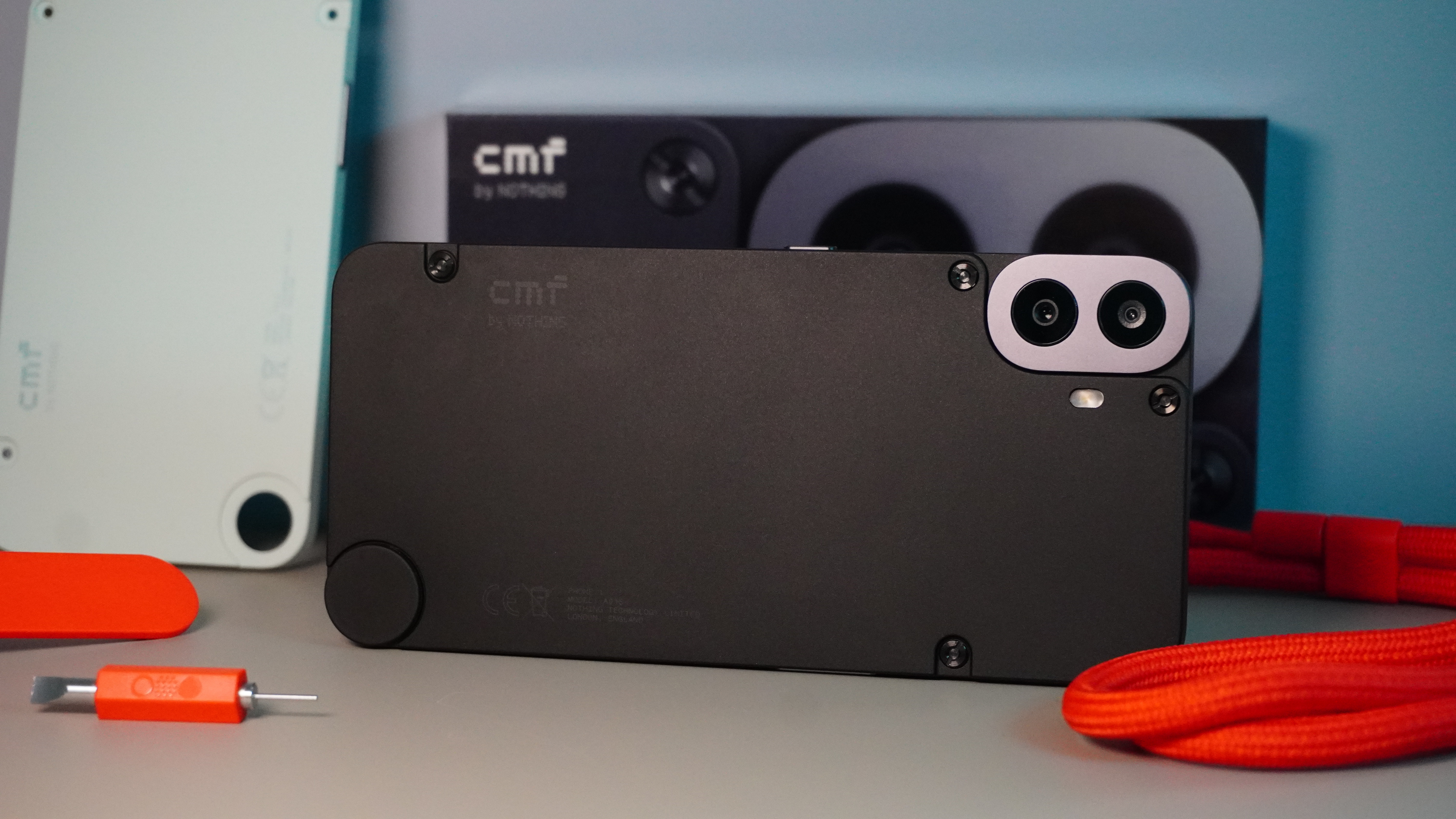 Nothing's next phone could be a budget powerhouse, thanks to this confirmed hardware detail
Nothing's next phone could be a budget powerhouse, thanks to this confirmed hardware detailOfficial details reveal more about the next phone coming from Nothing
By Chris Hall Published
-
 Adidas Adizero Boston 13 is softer, faster, and finally feels like a proper trainer
Adidas Adizero Boston 13 is softer, faster, and finally feels like a proper trainerThe brand quietly fixed everything runners didn’t love about the Boston 12
By Matt Kollat Published